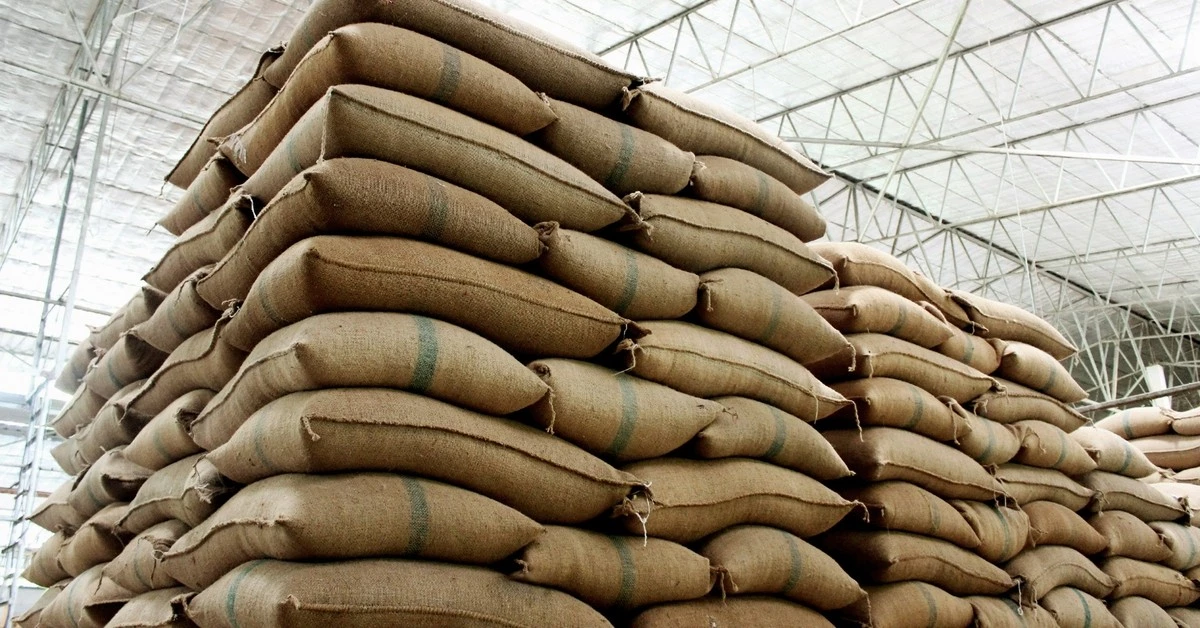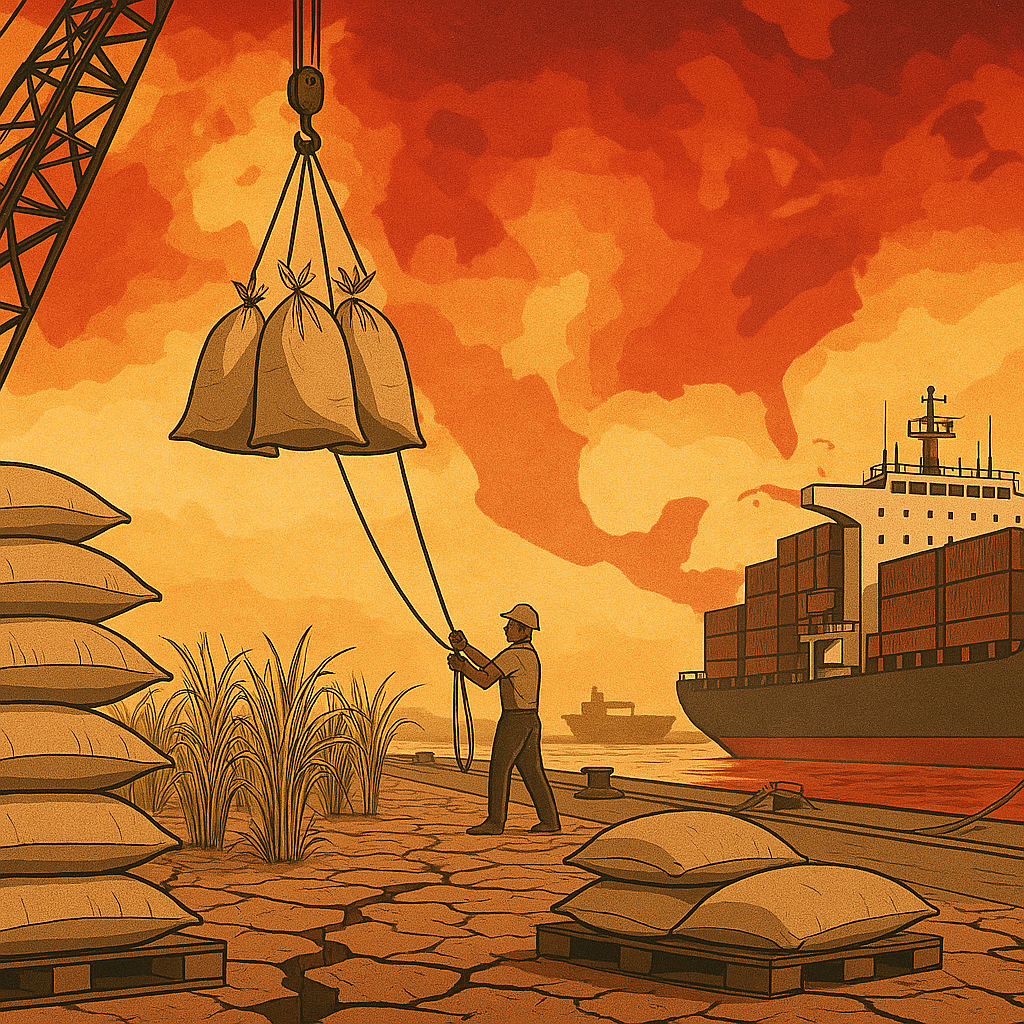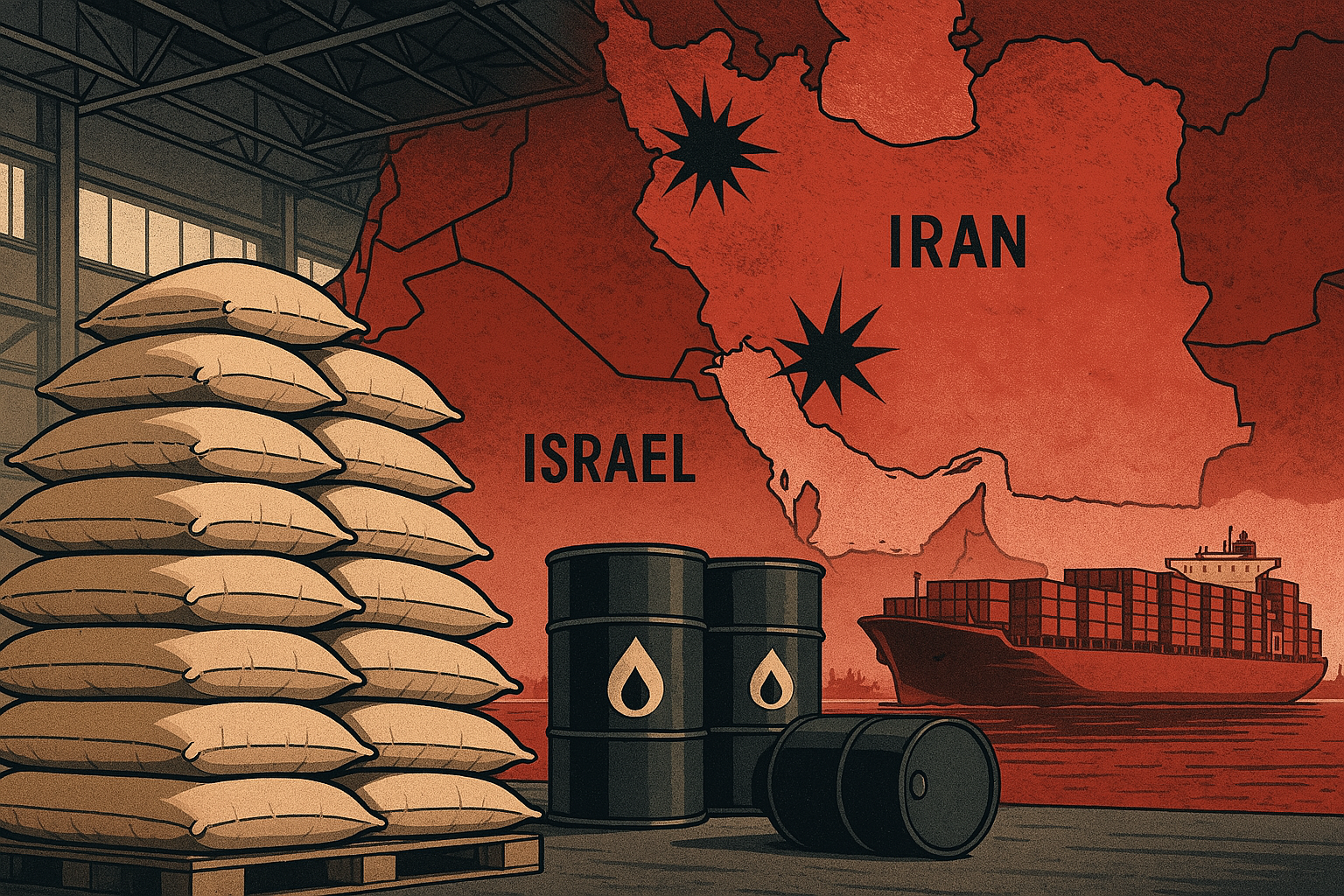Rising Temperatures and Increasing Water Scarcity: A Threat to Global Agriculture

Amidst the global confrontation with climate change, the agricultural sector is facing unprecedented challenges. According to a report by the Food and Agriculture Organization (FAO), over the past 50 years, the Earth’s average temperature has risen by more than 1°C, resulting in severe climate changes that directly impact agricultural production.
Extreme Weather Events and Unusual Seasonal Shifts
Extreme weather phenomena such as prolonged droughts, storms, sudden heavy rains, along with irregular seasonal cycles, are causing significant damage to farms worldwide. In Asia, especially in India and China, prolonged droughts have reduced rice and grain yields by up to 15% annually, directly threatening food security for millions (according to the Asian Development Bank).
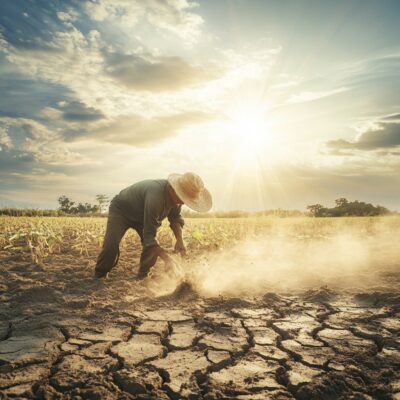
Increasing Water Shortages
According to the U.S. National Oceanic and Atmospheric Administration (NOAA), water used for irrigation from freshwater sources is diminishing drastically. Major reservoirs like Lake Mead and Lake Powell, two of the largest water bodies in the U.S., are currently at only about 40% capacity due to prolonged droughts and rising temperatures. This leads to severe water shortages in many rural areas, significantly affecting food production.
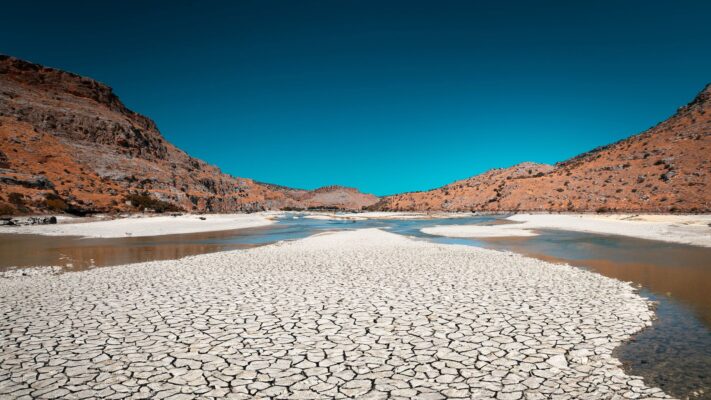
Adaptive Measures and Response Strategies
Environmental experts recommend adopting sustainable agricultural technologies, shifting to crops better suited to the changing climate such as legumes or quinoa, and implementing water-saving irrigation systems like drip irrigation.
Moreover, countries like the Netherlands have become icons of high-tech agriculture, utilizing automated systems, sensors, and AI technology to optimize water usage and enhance crop yields under changing climatic conditions.
Global Policies and Collaboration: Keys to Overcoming Challenges
According to United Nations Secretary-General António Guterres, combating climate change requires close international cooperation and decisive action. Agreements like the Paris Agreement (2015) set targets to reduce greenhouse gas emissions as much as possible; however, to limit damage to agriculture, countries need to intensify research and innovative adaptation strategies.
Thuan Nguyen News
Citation:

